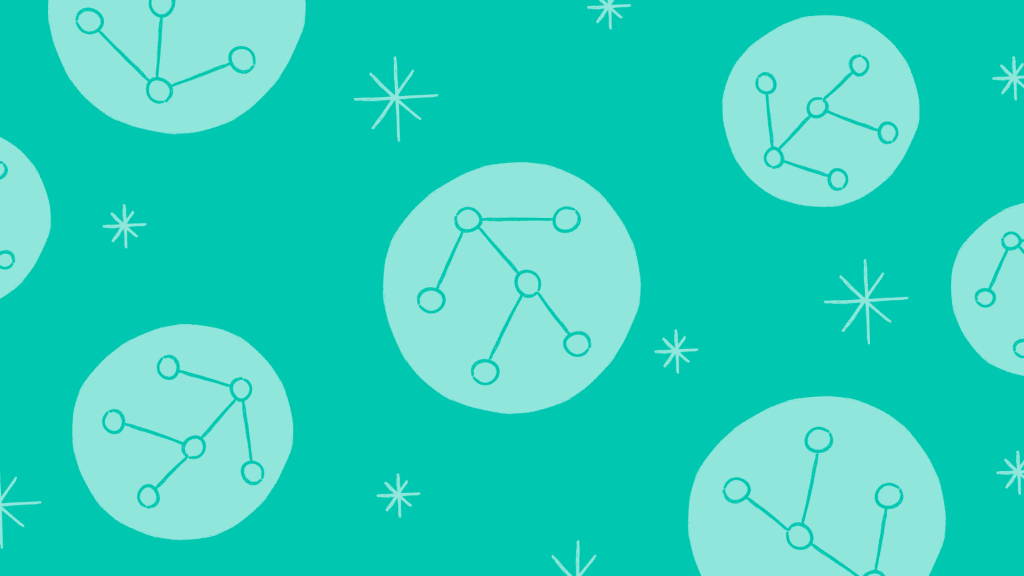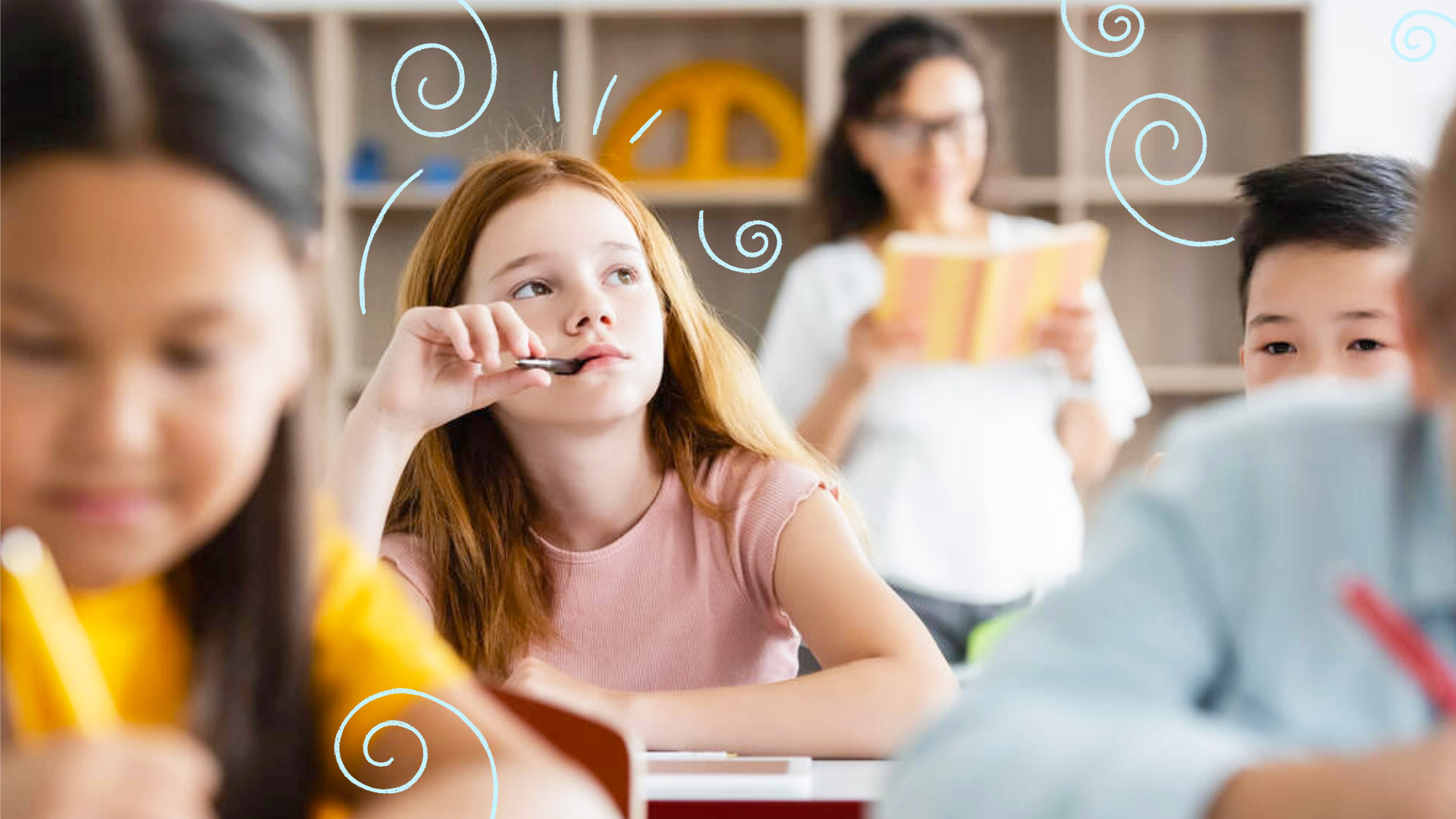
- 3 mins
5 Ways to Support your Neurodivergent Child

The world is not kind to neurodivergent individuals. It’s noisy, inconsistent and unpredictable. In my years working with neurodivergent individuals, those are the things that they struggle with most – feeling sensory overload, not understanding why things and people change so suddenly, and not knowing what to expect next. Yes, there are other challenges that, as a professional or parents, we need to keep in mind, like our child’s ability to communicate their needs and wants, socialize with peers, and find coping skills to manage changes.
But how can they work on these difficult concepts if they feel overwhelmed by the sensory input, the changes, and the unpredictable nature of people and environments? According to Ibañez et al. (2018), there has been a considerable increase in the diagnosis of ASD (Autism Spectrum Disorder) and ADHD, yet a lack of services. This study focuses on the importance of teaching parents to implement successful ways to increase routines and habits for their neurodivergent kids.
If we look at those three areas of difficulty: sensory input, inconsistencies, and unpredictability, let’s work on creating routines and habits for our children together.
It is crucial to establish your child’s sensory needs. Click here for a sensory profile that you can fill out with your child. Ask your child to think of activities that could help calm them when they feel frustrated or agitated. If they are part of the process, they will work on self-awareness and self-regulation.
When you observe or notice your child is becoming slightly overwhelmed, reference their sensory profile. Ideally, this should always be on the same spot in the house. They can then determine in which “zone” they are and see which activities they can do to either calm them, get them a bit more energetic, or what they can do to help them in that specific situation. For example, this might be to ask for their noise-canceling headphones. The more consistent we are here, the better for our children. They will realize they can be in control of these situations. They have the power to either ask for a break, a specific sensory fidget toy or engage in an activity to calm themselves down.
We find it challenging to deal with inconsistent expectations as adults. If our employer increases our roles or responsibilities at work without warning or explaining it to us (or even sometimes even with these warnings), it might heavily upset us. Imagine our neurodivergent child being in a world where people are inconsistent and confusing. Many neurodivergent individuals struggle with determining a person’s mood as these are so different from one person to another. I might smile when I am anxious and cry when I am happy. This is different from a textbook definition of emotion. How do we help our children with these inconsistencies when we don’t know when they will occur?
We first need to develop a consistent visual schedule for our child. They have to be able to see that some things won’t change to manage things that could change. Click here if you want to download a simple “first, then” visual schedule – which is ideal to start with. You can work towards a daily schedule from this. Once you have a visual schedule, you can add a “surprise activity” or “what’s next” in your child’s schedule. Each person in the house can take a turn to choose an activity during this time. We want to keep these fun and exciting while continuously increasing our child’s ability to manage changes, thus working on them being flexible to changes.
Remember to have fun and explain to your child that people are different and react differently. As adults, we sometimes still struggle with this, but we have the coping skills to manage our disappointment or shock by reminding ourselves that each person is dealing with their truth.
Ibañez, L. V., Kobak, K., Swanson, A., Wallace, L., Warren, Z., & Stone, W. L. (2018). Enhancing interactions during daily routines: A randomized controlled trial of a web-based tutorial for parents of young children with ASD. Autism research: official journal of the International Society for Autism Research, 11(4), 667–678. https://doi.org/10.1002/aur.1919